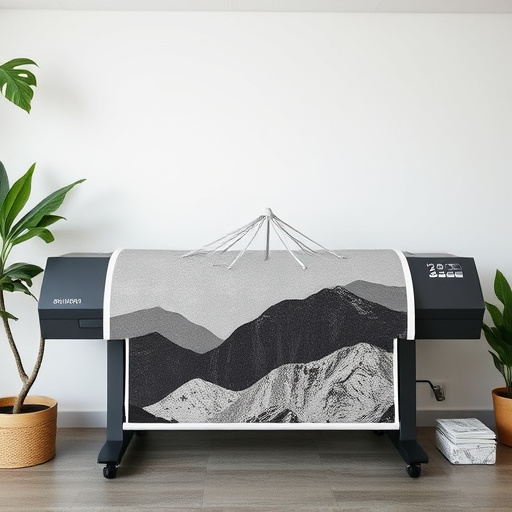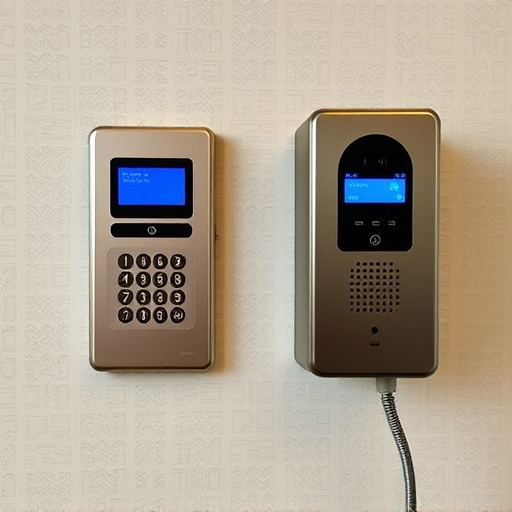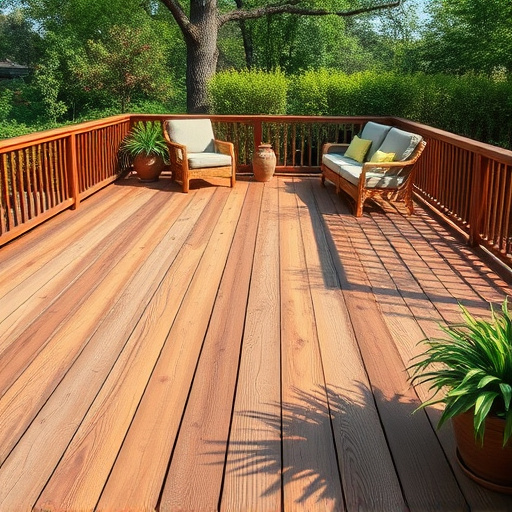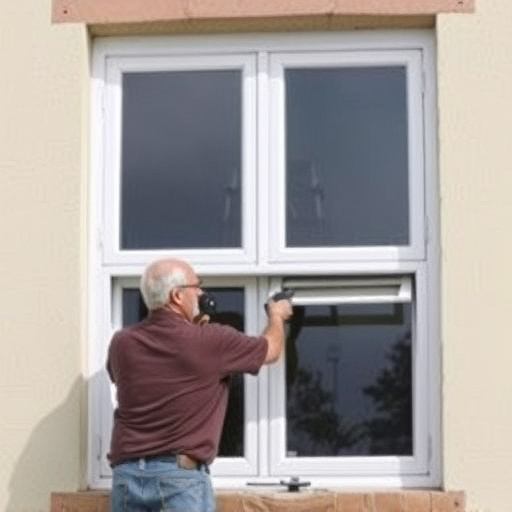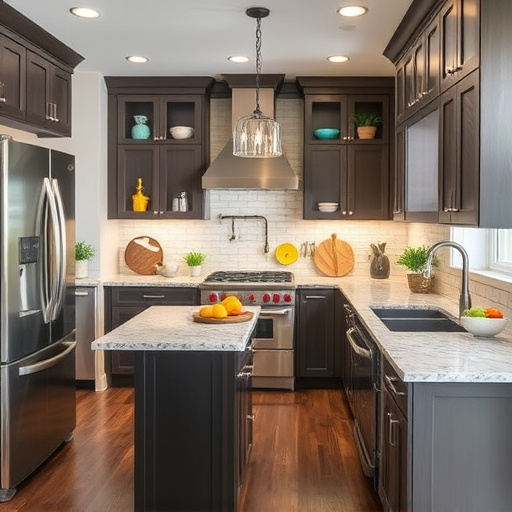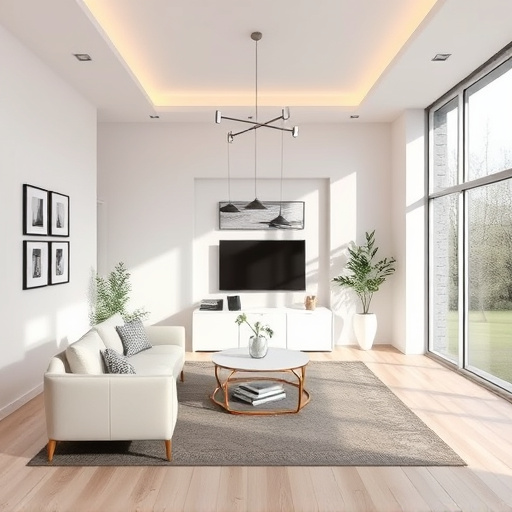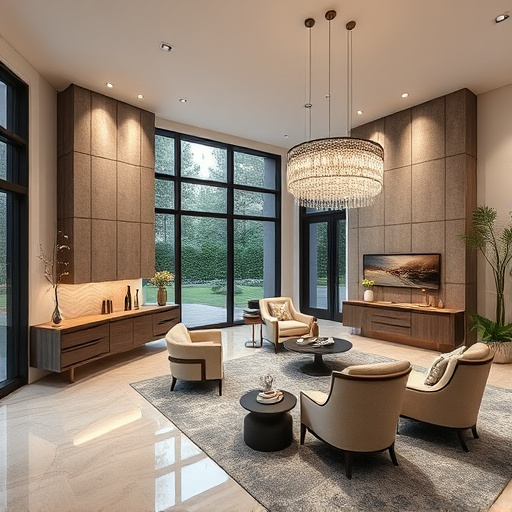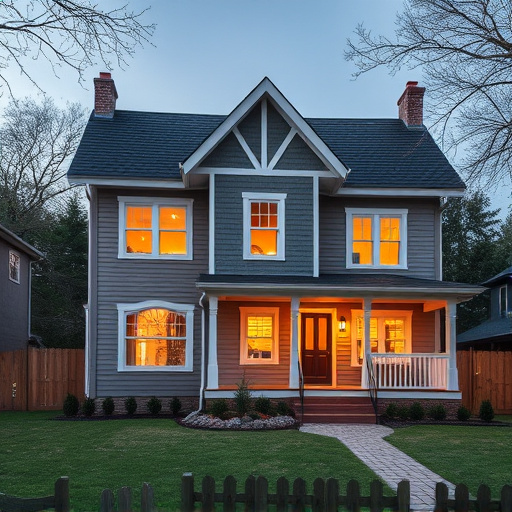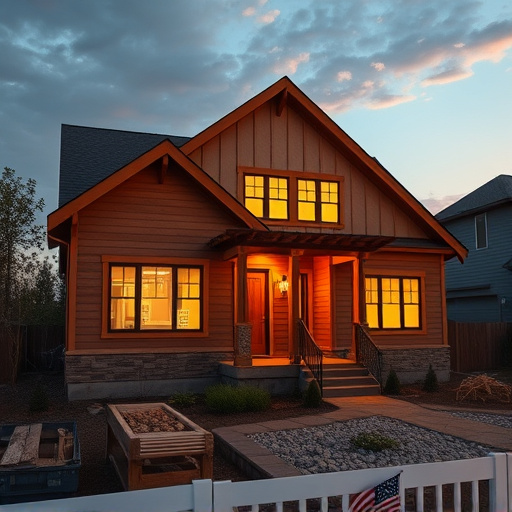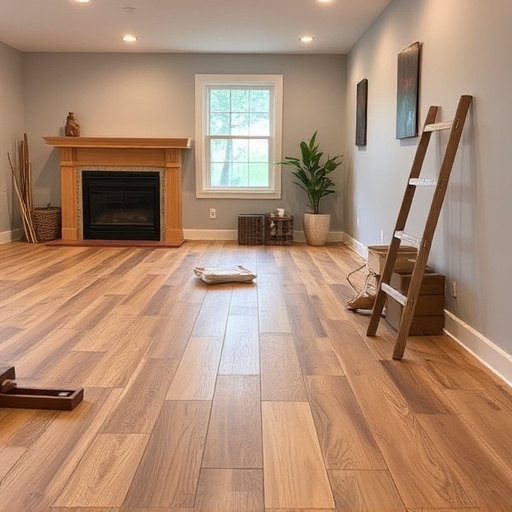Multigenerational living, a growing trend where families share spaces, demands thoughtfully designed home additions that cater to diverse needs. These include private bedrooms, accessible bathrooms, open-concept living areas, and well-equipped kitchens. Balancing these requirements involves strategic planning and custom renovations like bathroom remodels, creating adaptable spaces for all ages. Successful home additions enhance accessibility, functionality, and the overall quality of life, fostering inclusive living and intergenerational connections.
In today’s evolving families, multigenerational living—where multiple generations coexist under one roof—is gaining popularity. This trend presents both challenges and opportunities for homeowners looking to expand their spaces. A well-designed home addition tailored for multigenerational living can foster harmony, enhance functionality, and cater to the diverse needs of all ages. From flexible space planning to incorporating accessibility features, this article explores essential aspects to consider when adding to your home to create a welcoming environment for every family member.
- Understanding Multigenerational Living: Needs and Goals
- – Defining multigenerational households
- – Identifying common challenges and opportunities
Understanding Multigenerational Living: Needs and Goals
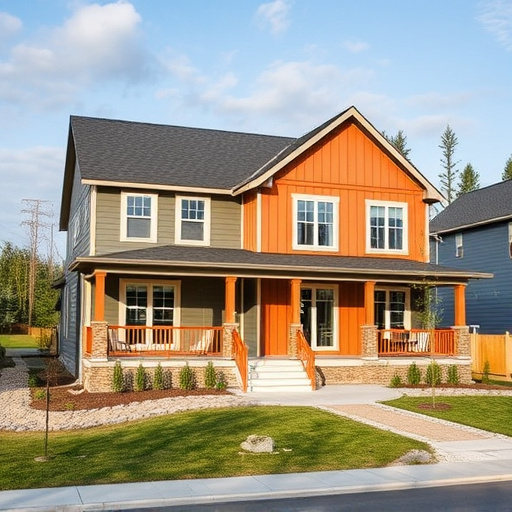
Multigenerational living, where multiple generations coexist under one roof, is a growing trend. This unique family dynamic requires a thoughtful and customized home addition that caters to the diverse needs of each generation. Understanding these needs is key to designing effective home additions for multigenerational living.
Each generation has distinct preferences and lifestyle requirements. For instance, younger adults might seek open-concept spaces for entertainment and flexibility, while older adults may prioritize easier accessibility and safety features. A successful home addition should seamlessly integrate these varying demands, ensuring comfort and harmony among residents. This involves strategic planning for common areas, private spaces, and even specialized amenities like a dedicated guest suite or a multi-purpose room that caters to all ages. Customized home renovations, such as a well-designed bathroom remodel, can further enhance accessibility and functionality for every family member, contributing to a harmonious multigenerational living environment.
– Defining multigenerational households

In today’s evolving family structures, multigenerational households are becoming increasingly common, with multiple generations living under one roof. This unique living arrangement involves families consisting of grandparents, parents, and grandchildren, often spanning several decades. Defining such households is essential when considering home additions or renovations, as it requires tailored designs to accommodate varying needs and lifestyles.
These households present a unique challenge for homeowners, who must create functional spaces that cater to diverse preferences and activities. For instance, incorporating additional bedrooms and bathrooms during bathroom renovations can provide privacy for each generation. Similarly, open-concept living areas and well-equipped kitchens, subject to kitchen renovations, offer shared spaces for gatherings while allowing for individual interests and routines. Whether through whole house remodels or targeted home addition projects, the goal is to create a harmonious environment that respects personal space yet fosters intergenerational connections.
– Identifying common challenges and opportunities
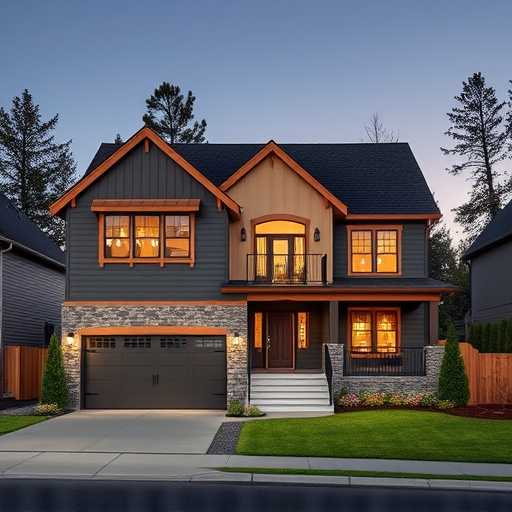
In designing a home addition for multigenerational living, several common challenges and opportunities come to the forefront. One key challenge is balancing the diverse needs of different age groups under one roof, from elderly relatives needing accessibility features to young children requiring ample play space. However, this also presents an opportunity to create a functional yet harmonious environment through customized work that caters to all. For instance, incorporating adaptable spaces allows for flexible use as residents’ needs change over time.
Another opportunity lies in leveraging home addition projects to enhance specific areas like bathroom renovations, ensuring accessibility and comfort for everyone. These upgrades not only improve the overall quality of life but also contribute to a more inclusive living space. By thoughtfully addressing these challenges and seizing opportunities, homeowners can transform their properties into vibrant hubs that cater to multigenerational interactions and shared experiences.
Incorporating a well-designed home addition can transform a residence into a thriving space for multigenerational living, addressing unique needs while fostering stronger family bonds. By understanding the dynamics of these households and implementing thoughtful architectural solutions, homeowners can create an environment that caters to diverse ages and lifestyles, ultimately enhancing the overall quality of life for all residents. A strategic home addition is not just an upgrade; it’s a catalyst for intergenerational connections and shared experiences.
